Sailing Through Product Development
Parallels Between Steering a Sailboat and Leading a Small Team
Introduction
Brief Overview of My Background: I have a deep passion for both sailing and programming, with extensive experience in both fields. As a sailor, I have spent years navigating the seas, learning valuable lessons in decision-making, adaptability, and leadership. In my programming career, I have led small teams in developing innovative software solutions, using my technical expertise and strategic thinking to deliver successful projects.
In this blog post, I will explore the similarities between steering a sailboat and leading a small team in product development. Despite their apparent differences, both activities share fundamental principles of planning, execution, and teamwork. By drawing on my experiences in sailing and programming, I aim to provide valuable insights and practical tips for individuals involved in both fields, highlighting the universal lessons that can be learned from these experiences.
Setting the Course: Planning and Preparation
Preparedness to cope with a variety of unpredictable events plays a critical role in planning a sea crossing. You must keep the “error chain” in mind and prioritize tasks and attention on those aspects that move the state of your crew and boat towards the next level of the “error chain”. At this level of preparation, the following are important: a trusting team environment, well-done boat maintenance, several sources of weather forecasts from which you select the worst-case scenario as likely, and a set of navigational nautical charts.
Charting a course is akin to setting clear goals in product development. Just as a sailor charts a course to determine direction and avoid obstacles, setting clear goals in product development guides the team’s efforts and ensures everyone is working towards the same objectives.
Considering weather conditions is crucial in sailing to anticipate changes and adjust the course if necessary, similar to understanding user needs in product development. Understanding user needs is essential to develop solutions that address real problems and provide value to customers.
Preparing the boat before setting sail is essential for a safe and successful journey, much like planning the project roadmap in product development. Planning the project roadmap ensures that the team is equipped with the necessary resources and direction to deliver a high-quality product on time.
Navigating the Waters: Execution and Adaptation
Sailing: When sailing, it is essential to constantly adjust the sails to effectively manage the wind and maintain the desired course. Similarly, environmental monitoring is essential to predict changes in wind direction, avoid collisions with other boats and avoid obstacles such as rocks, shoals or reefs.
Product Development: In product development, agile practices such as iterative development, continuous testing, and adapting to feedback are essential. Iterative development allows for the product to evolve gradually, incorporating new features and improvements based on user feedback. Continuous testing ensures that the product meets quality standards throughout its development lifecycle. Adapting to feedback helps the team to respond to changing requirements and market conditions, ensuring that the product remains relevant and valuable to users.
Managing the Crew: Team Dynamics and Leadership
Sailing: The role of the captain in sailing extends beyond steering the boat. A captain must motivate the crew, fostering teamwork, and resolving conflicts. Motivation is crucial to keep the crew engaged and focused, especially during long journeys or challenging conditions. Fostering teamwork ensures that each crew member understands their role and works together towards a common goal. Resolving conflicts is essential to maintain harmony on board and ensure that everyone can work together effectively.
Product Development: In product development, effective leadership, communication, and collaboration within a small team are key to success. Leadership sets the direction and vision for the team, inspiring them to achieve their goals. Communication ensures that team members are aligned and informed, reducing misunderstandings and promoting transparency. Collaboration encourages the sharing of ideas and expertise, leading to innovative solutions and improved outcomes. Together, these elements create a strong team dynamic that can overcome challenges and deliver high-quality products.
Weathering the Storms: Challenges and Resilience
Sailing: Facing storms, rough seas, and unexpected challenges is part of the thrill and challenge of sailing. Storms can test the crew’s skill and endurance, requiring quick thinking and decisive action to keep the boat safe. Rough seas can be physically demanding, requiring strength and stamina to navigate through. Unexpected challenges, such as equipment failure or navigation errors, can test the crew’s resourcefulness and ability to adapt to changing circumstances. Despite these challenges, facing them head-on can lead to a sense of accomplishment and strengthen the bond between crew members.
Product Development: Similarly, in product development, there are common challenges that teams often face. Scope changes can disrupt project timelines and require careful management to ensure that the project stays on track. Technical issues, such as bugs or compatibility issues, can delay progress and require troubleshooting to resolve. Market shifts, such as changes in consumer preferences or competitive landscape, can require the team to pivot their strategy and adapt their product to meet new demands. By anticipating these challenges and having a plan in place to address them, teams can overcome obstacles and deliver successful products.
Celebrating Success: Achievements and Reflection
Sailing: Reflecting on the satisfaction of reaching a destination, winning a race, or overcoming a tough challenge is a rewarding experience in sailing. Whether it’s the thrill of crossing a finish line after a grueling race, the sense of achievement of reaching a distant port, or the camaraderie forged through facing and overcoming a tough challenge at sea, these moments are what make sailing such a fulfilling pursuit. They remind us of our capabilities, the strength of our team, and the power of perseverance.
Product Development: Similarly, in product development, celebrating milestones, learning from failures, and continuous improvement are crucial for success. Celebrating milestones, whether it’s completing a major feature or reaching a significant user base, helps to recognize the hard work and dedication of the team. Learning from failures is essential for growth, as it allows the team to identify areas for improvement and avoid making the same mistakes in the future. Continuous improvement is key to staying competitive and ensuring that the product meets the evolving needs of users. Together, these practices foster a culture of innovation and excellence, driving the team towards greater success.
Conclusion
Recap of the Parallels: The parallels between sailing and leading a small team in product development are striking. Both activities require careful planning and preparation, the ability to adapt to changing conditions, effective leadership and communication, and the resilience to overcome challenges. In sailing, navigating the seas requires charting a course, adjusting to the weather, and preparing the boat. Similarly, in product development, setting clear goals, understanding user needs, and planning the project roadmap are essential. Both activities also require constant adjustment and monitoring to navigate obstacles and achieve success.
Encouragement for Readers: I encourage readers to apply the lessons from sailing to their own team leadership and product development practices. Just as a captain motivates their crew and fosters teamwork, effective leadership and communication are crucial in guiding a small team towards success. By adapting to feedback and continuously improving, teams can navigate through challenges and reach their goals. Remember, it’s not just about reaching the destination, but also about enjoying the journey and learning from the experiences along the way. So set sail with confidence, and may the wind be at your back in your team leadership and product development endeavors.
Call to Action
Have you ever noticed similarities between your experiences in sailing and your work in product development? I’d love to hear your thoughts and stories! Share your experiences or insights on the analogy between sailing and product development in the comments below.
Let’s continue the conversation and learn from each other’s experiences!
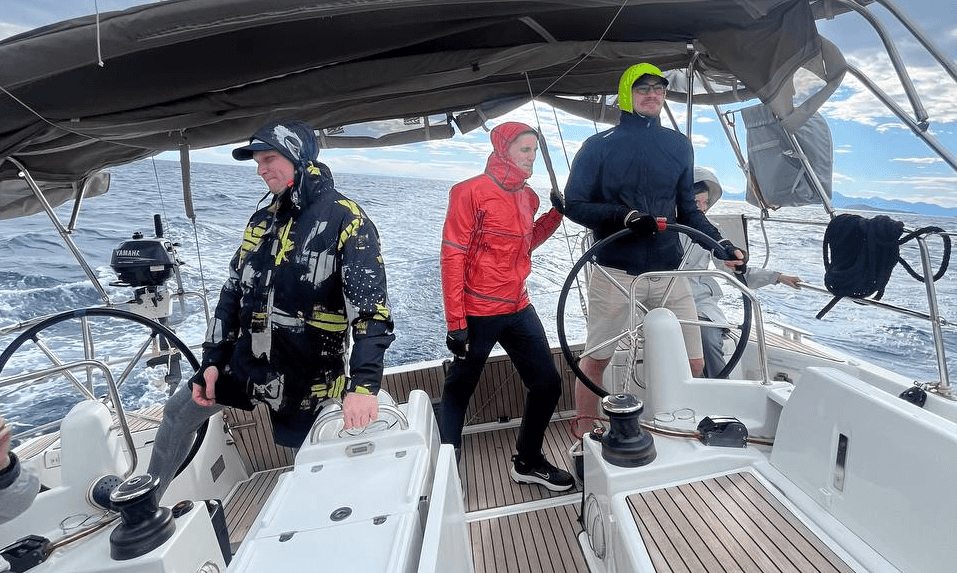
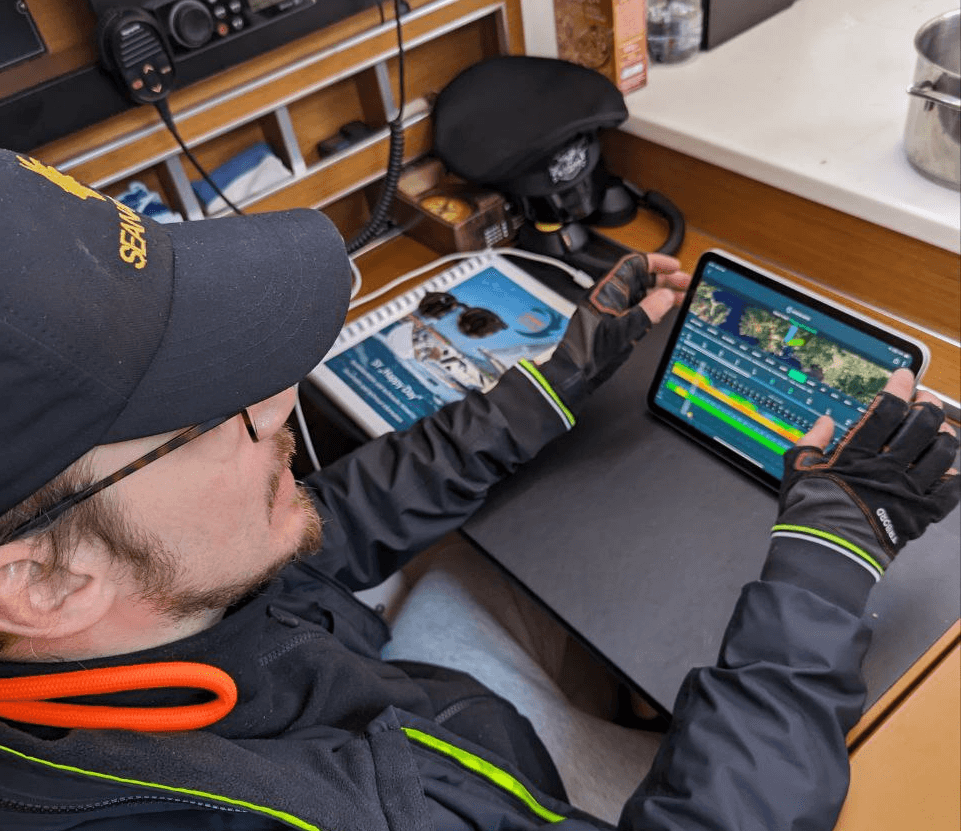

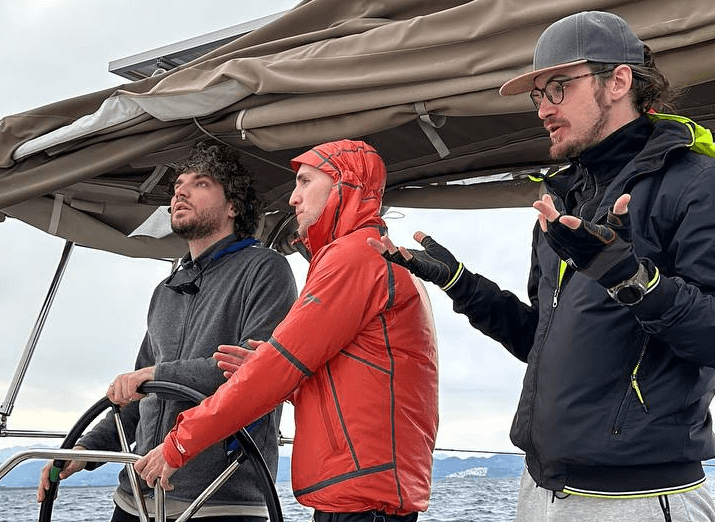
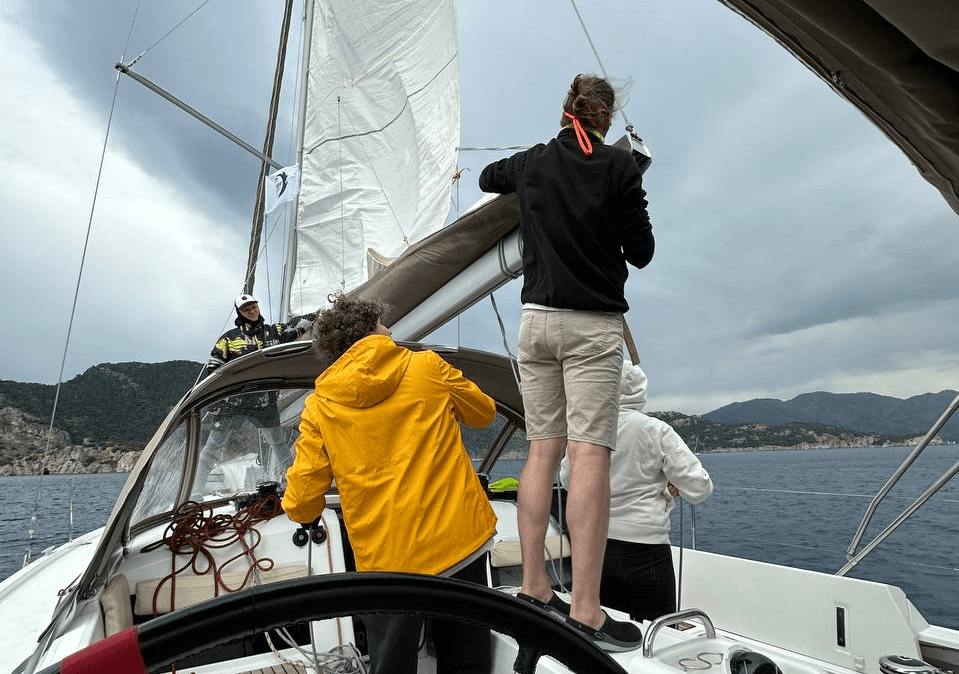
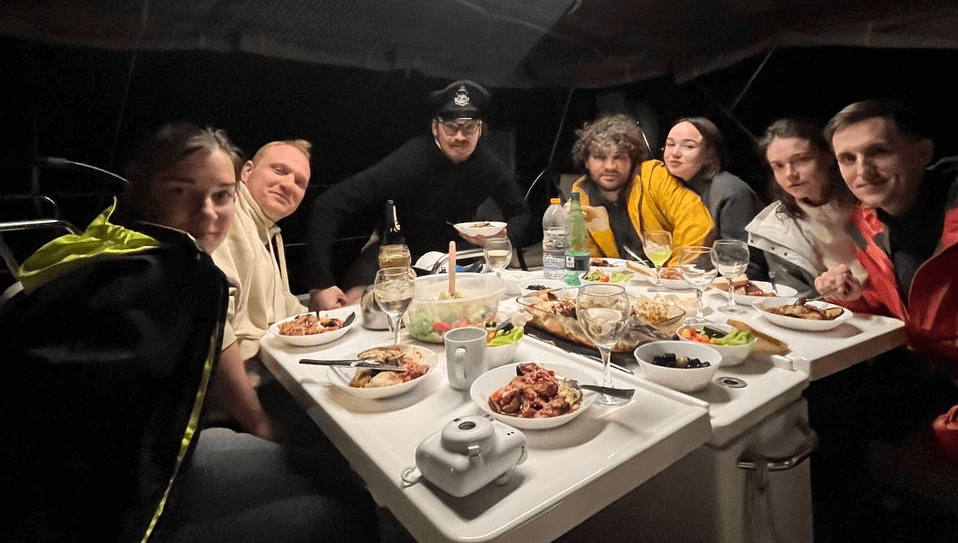

Comments powered by Disqus.